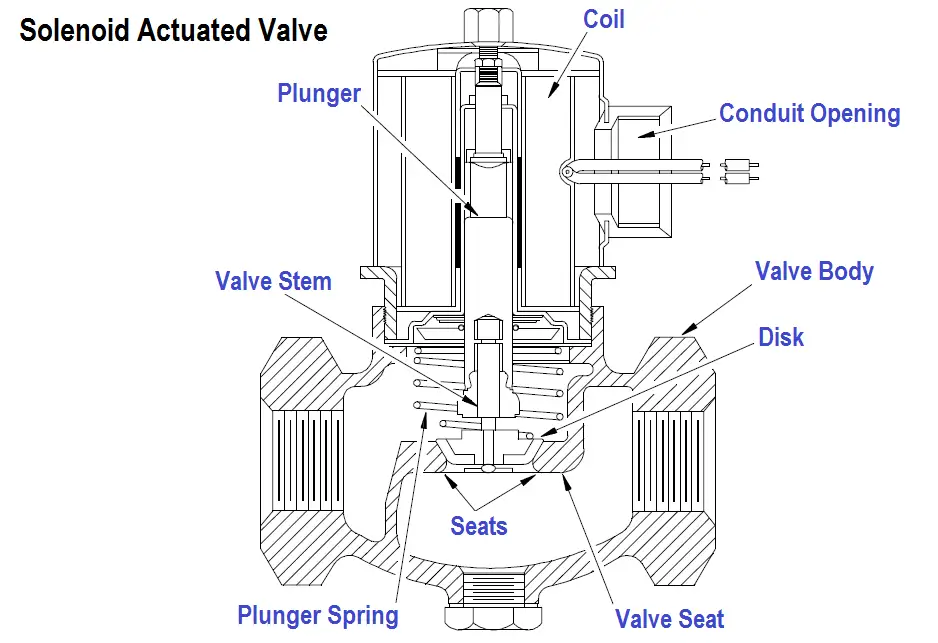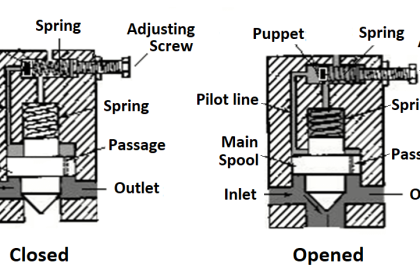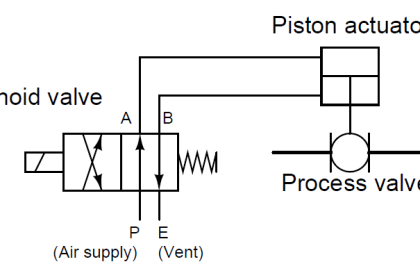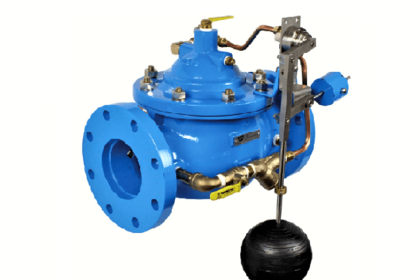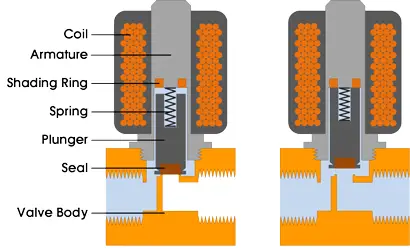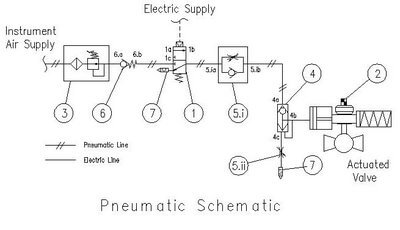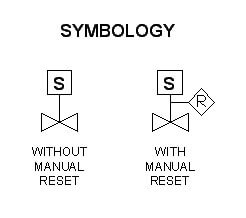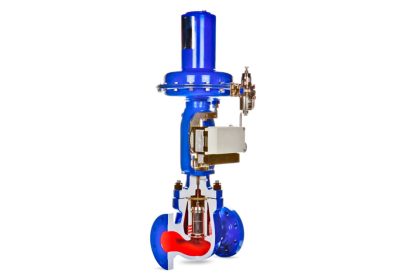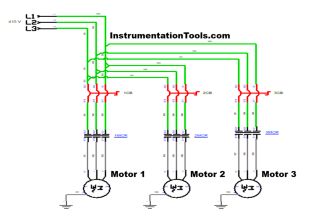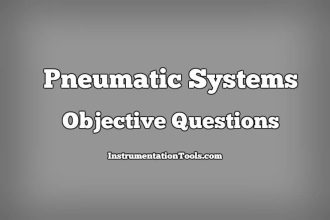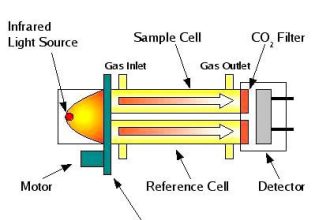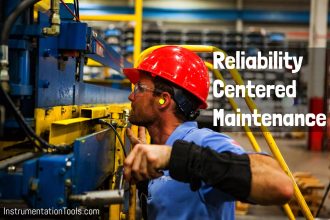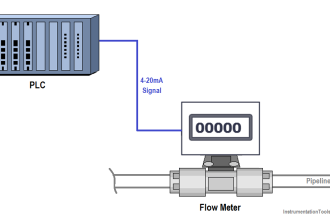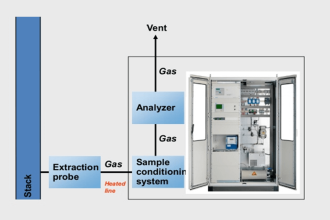Solenoid actuated valves provide for automatic open-close valve positioning as illustrated in Figure.
Most solenoid actuated valves also have a manual override that permits manual positioning of the valve for as long as the override is manually positioned. Solenoids position the valve by attracting a magnetic slug attached to the valve stem.
In single solenoid valves, spring pressure acts against the motion of the slug when power is applied to the solenoid.
These valves can be arranged such that power to the solenoid either opens or closes the valve. When power to the solenoid is removed, the spring returns the valve to the opposite position.
Two solenoids may be used to provide for both opening and closing by applying power to the appropriate solenoid.
Solenoid Actuated Valves
Figure Solenoid Actuated Valve
Single solenoid valves are termed fail open or fail closed depending on the position of the valve with the solenoid de-energized.
Fail open solenoid valves are opened by spring pressure and closed by energizing the solenoid.
Fail closed solenoid valves are closed by spring pressure and opened by energizing the solenoid. Double solenoid valves typically fail “as is.” That is, the valve position does not change when both solenoids are de-energized.
One application of solenoid valves is in air systems such as those used to supply air to pneumatic valve actuators.
The solenoid valves are used to control the air supply to the pneumatic actuator and thus the position of the pneumatic actuated valve.
